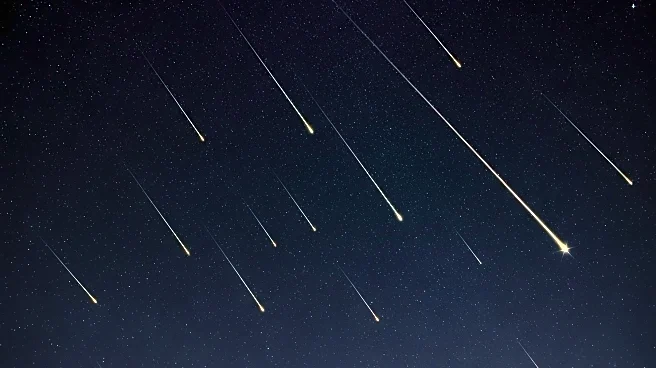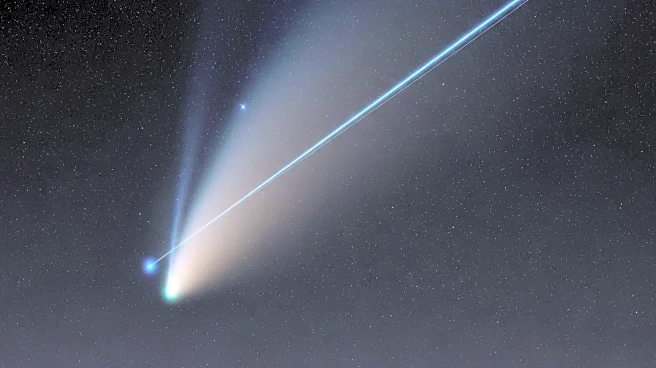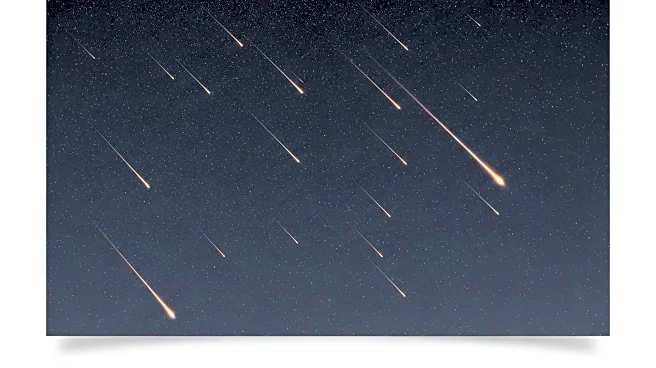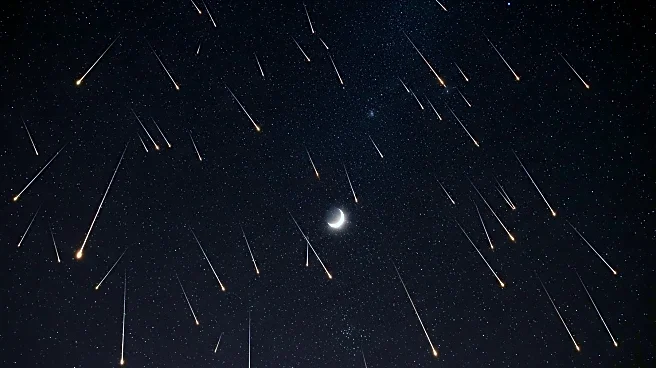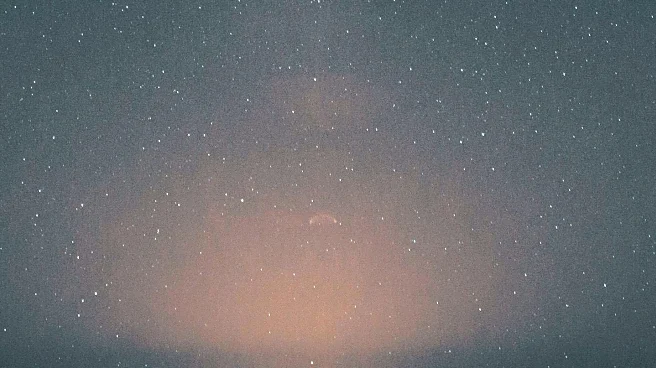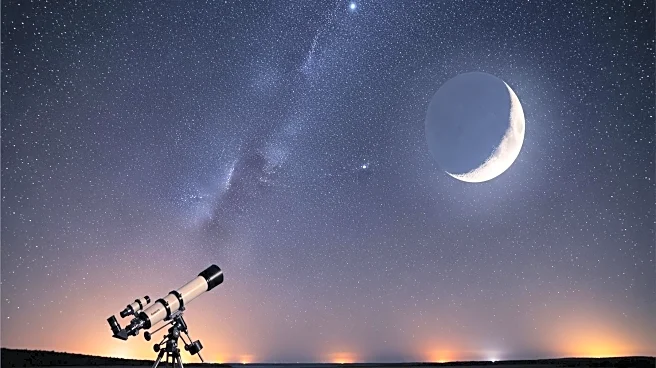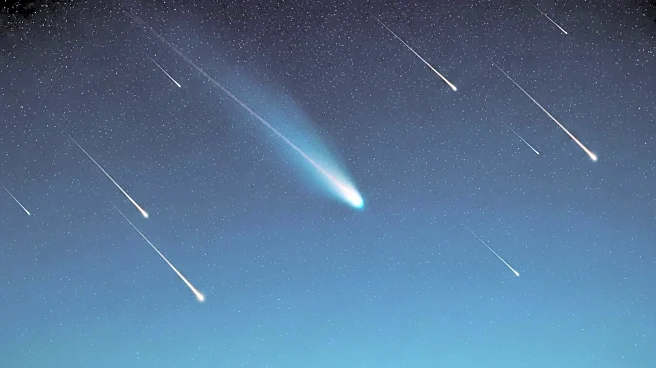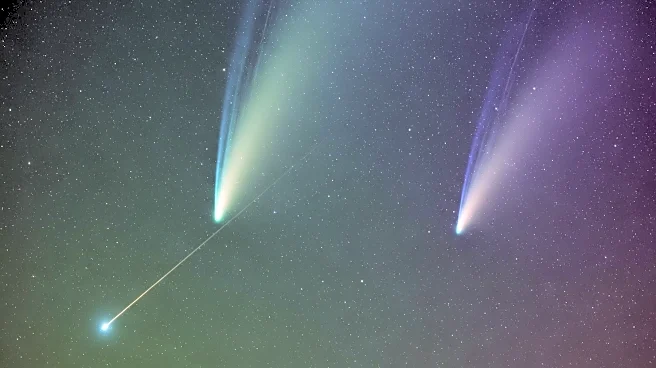What's Happening?
October 2025 presents a unique opportunity for stargazers as two comets, Comet Lemmon (C/2023 A3) and Comet SWAN (C/2024 P1), become visible in the night sky. Comet Lemmon, the brighter of the two, can be seen just after sunset in the western sky near the constellation Virgo, while Comet SWAN appears in the eastern sky before dawn near the constellation Leo. These celestial events coincide with the annual Orionid meteor shower, which peaks on October 21-22, offering up to 20 meteors per hour under ideal conditions. Additionally, Comet 3I/ATLAS, an interstellar visitor, is passing through the solar system, reaching its closest point to the sun on October 30.
Why It's Important?
The visibility of Comet Lemmon and Comet SWAN, along with the Orionid meteor shower, provides a rare and exciting opportunity for astronomy enthusiasts and the general public to engage with the night sky. Such events can inspire interest in astronomy and science, fostering educational opportunities and community engagement. The presence of Comet 3I/ATLAS, an interstellar object, highlights the dynamic nature of our solar system and the ongoing exploration of space, which can lead to new scientific discoveries and insights into the universe.
What's Next?
As Comet 3I/ATLAS continues its journey through the solar system, it is expected to reappear on the other side of the sun by early December 2025, allowing for renewed observations. Stargazers are encouraged to take advantage of clear skies and minimal light pollution to observe these celestial events. The scientific community may continue to study these comets to gain further understanding of their composition and origins, contributing to the broader field of astronomy.
Beyond the Headlines
The appearance of multiple comets and a meteor shower in one month underscores the richness and complexity of our solar system. These events can serve as a reminder of the vastness of space and the potential for future exploration and discovery. The study of interstellar objects like Comet 3I/ATLAS can provide valuable insights into the materials and conditions present in other parts of the galaxy, offering clues about the formation and evolution of celestial bodies.



